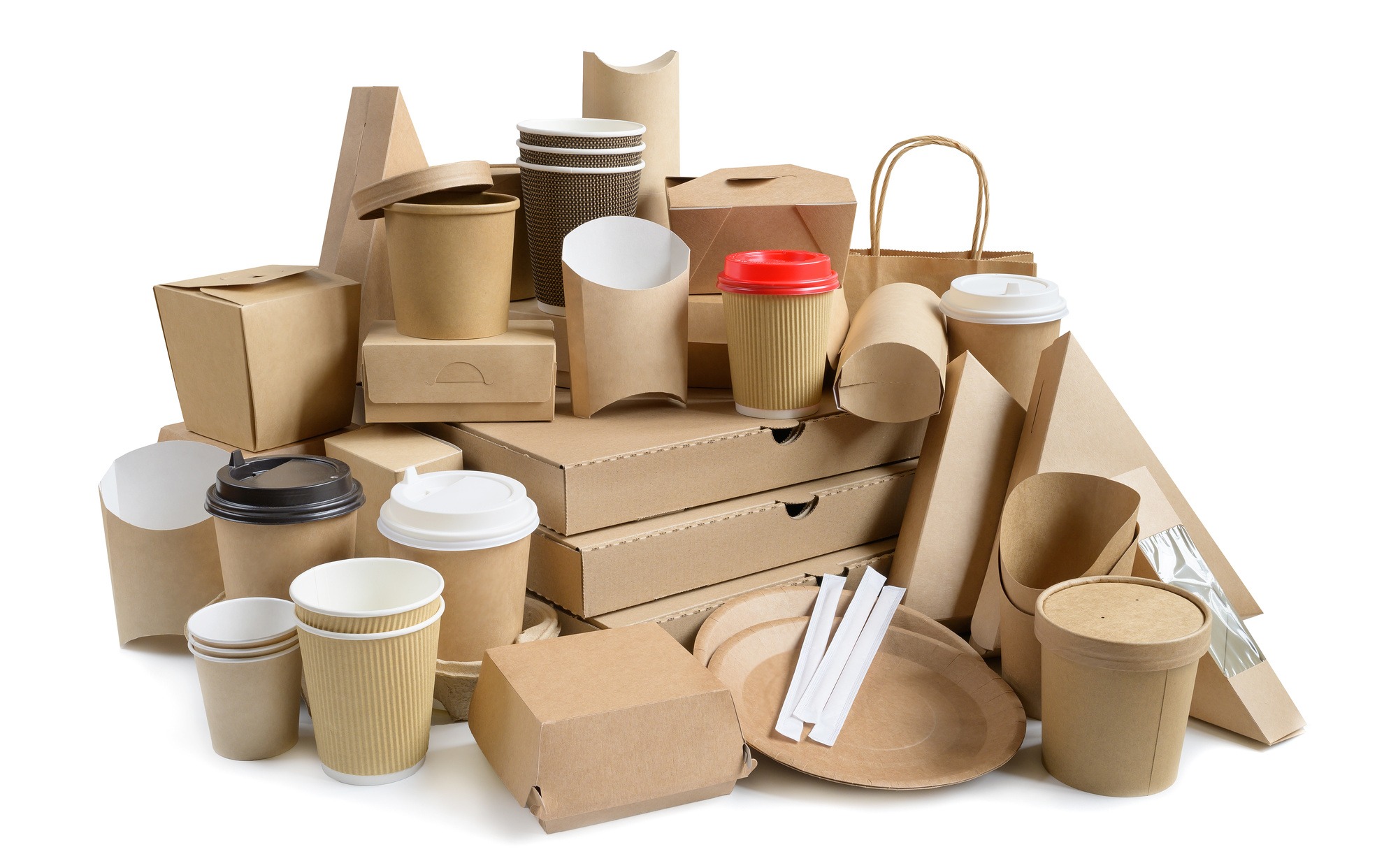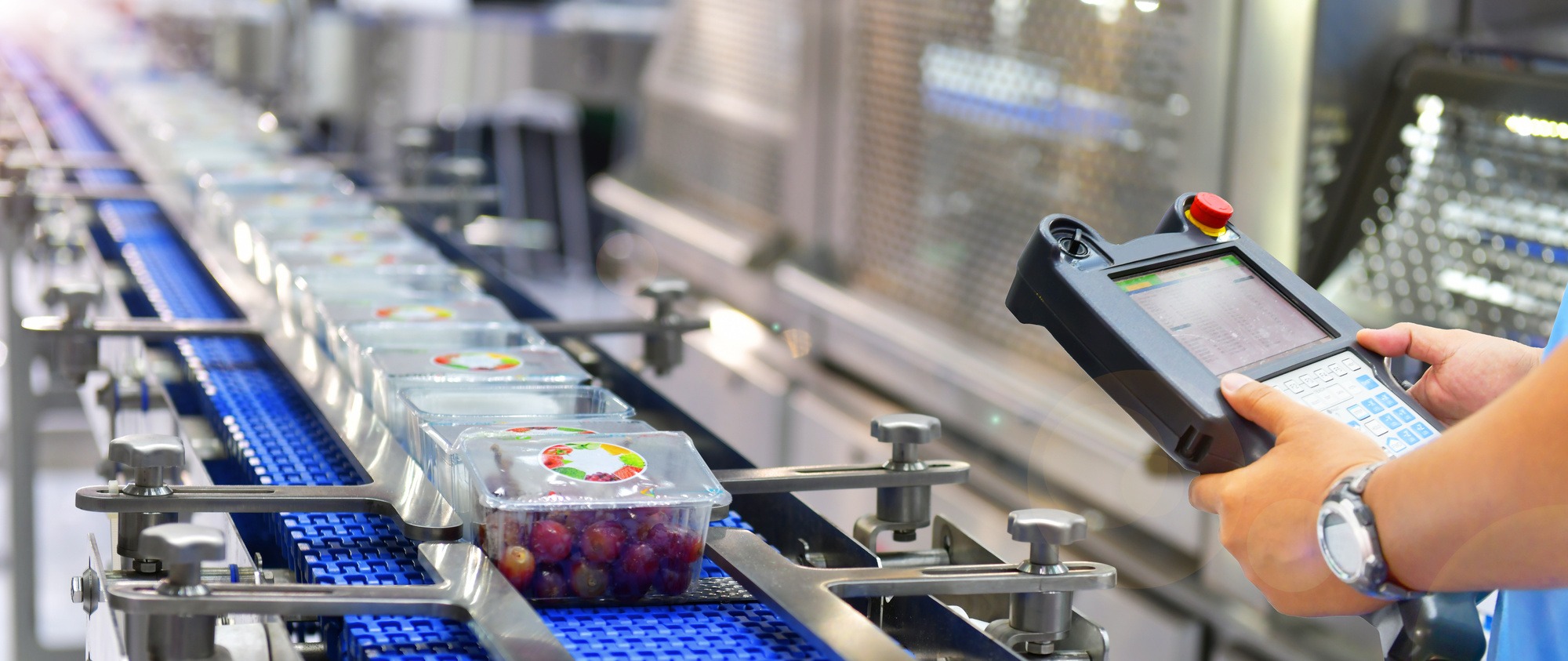Food packaging is an essential component of the food industry, as it helps to protect and preserve foods. Proper food packaging is critical for ensuring products reach their destination in good condition. Selecting the right food packaging product requires carefully considering and evaluating several factors.
This article will discuss five considerations for selecting appropriate food packaging solutions. Understanding how each factor influences product choice can help businesses determine the most suitable packaging process.
Consideration #1: Material
Plastic is one of the most common materials used in food packaging. It’s more affordable, provides excellent barrier properties against water vapor and oxygen, and can be formed into various shapes to fit different products. It’s also lightweight and flexible, making transportation easier while reducing shipping costs.
Glass is another option for food packaging due to its transparency, allowing consumers to see what they are buying before opening the package. However, glass is more expensive than plastic and heavier as well, so it increases transportation costs. In addition, glass does not provide any protection from oxidation or moisture damage unless coated with additional layers of material such as aluminum foil or film wrap.
Another material that has increased in use over recent years is paper-based containers. This is because of their sustainability benefits. They are made from renewable resources and can be recycled easily after being used once, unlike plastics that often end up in landfills when discarded.
Paper also offers good resistance to grease and oil but may need extra coating since paper alone lacks strength compared to other materials like plastic or metal. Despite this issue, paper remains an attractive choice for many companies looking for eco-friendly packing solutions.
Lastly, you can also take advantage of thermoform packaging. It provides excellent protection against physical damage due to its durability. It also prevents contamination from outside sources such as dust, dirt, and moisture, thus keeping food items safe during transport or storage.
Furthermore, thermoform packaging can come in various shapes and sizes, easily accommodating different types of foods. In addition, it has a low cost compared to other options available, making it attractive for businesses looking for economical solutions.
Consideration #2: Design
Packaging design is a critical part of creating the right product. The shape, size, ease of use, and aesthetic appeal of a packaging solution can play an essential role in how successful it will be in delivering its contents to customers safely.
The primary consideration when designing food packaging should be safety. It must protect the item from contamination or physical damage during shipping and storage before consumers use it. Food packaging should also prioritize sustainability and minimize environmental impact with recyclable or biodegradable materials where possible.
Aesthetics are another critical element in choosing the right food packaging product; attractive visuals help draw attention to products on store shelves and online stores, enticing potential buyers to purchase them over competitors’ offerings. An effective package design should ensure all relevant product information is visible for customers to read before buying.
Consideration #3: Functionality
Functionality refers to the ability of a package to protect, preserve, sustain, and provide convenience for its users. Protection involves keeping out contaminants such as dust or moisture that may affect the quality of packaged foods. Preservation helps maintain freshness over time by preventing deterioration from exposure to light, oxygen, and other environmental factors.
Sustainability focuses on minimizing the number of materials used to reduce waste production and conserve resources. Finally, convenience should also be considered when considering which type of food packaging will best meet consumer needs while still being cost-effective.
Different types of packages have varying degrees of these functionalities depending on their material composition and construction techniques used during manufacturing processes. Thus, it is vital to consider various options before deciding on one packaging solution for your food item.
Consideration #4: Cost
The cost of food packaging is an essential consideration for any business. It includes the initial production and disposal costs associated with a particular product. The total cost must be considered before deciding on a specific packaging solution.
The upfront cost may include the price of the material used in manufacturing the package and storage and transportation fees, if applicable. This will depend mainly on the type of packaging chosen; certain materials are more expensive than others. Aside from this, the production costs must also be considered, which could include labor expenses or machinery required to create the package itself.
Finally, it is essential to consider what will happen when the package has served its purpose and needs to be disposed of responsibly. If not properly managed, this can lead to environmental damage or costly fines from regulatory bodies due to incorrect waste management practices. Therefore, businesses must assess how much money they would spend to properly dispose of their packages at the end-of-life stage. Ultimately, these aspects should all be considered when deciding which food packaging product best suits your requirements.
Takeaway
Selecting the right food packaging product is paramount, as it protects and preserves the contained items. It is essential to assess each factor to make an informed selection. Taking your time and allowing yourself to conduct careful research can go a long way toward protecting consumers and delivering satisfying results.


